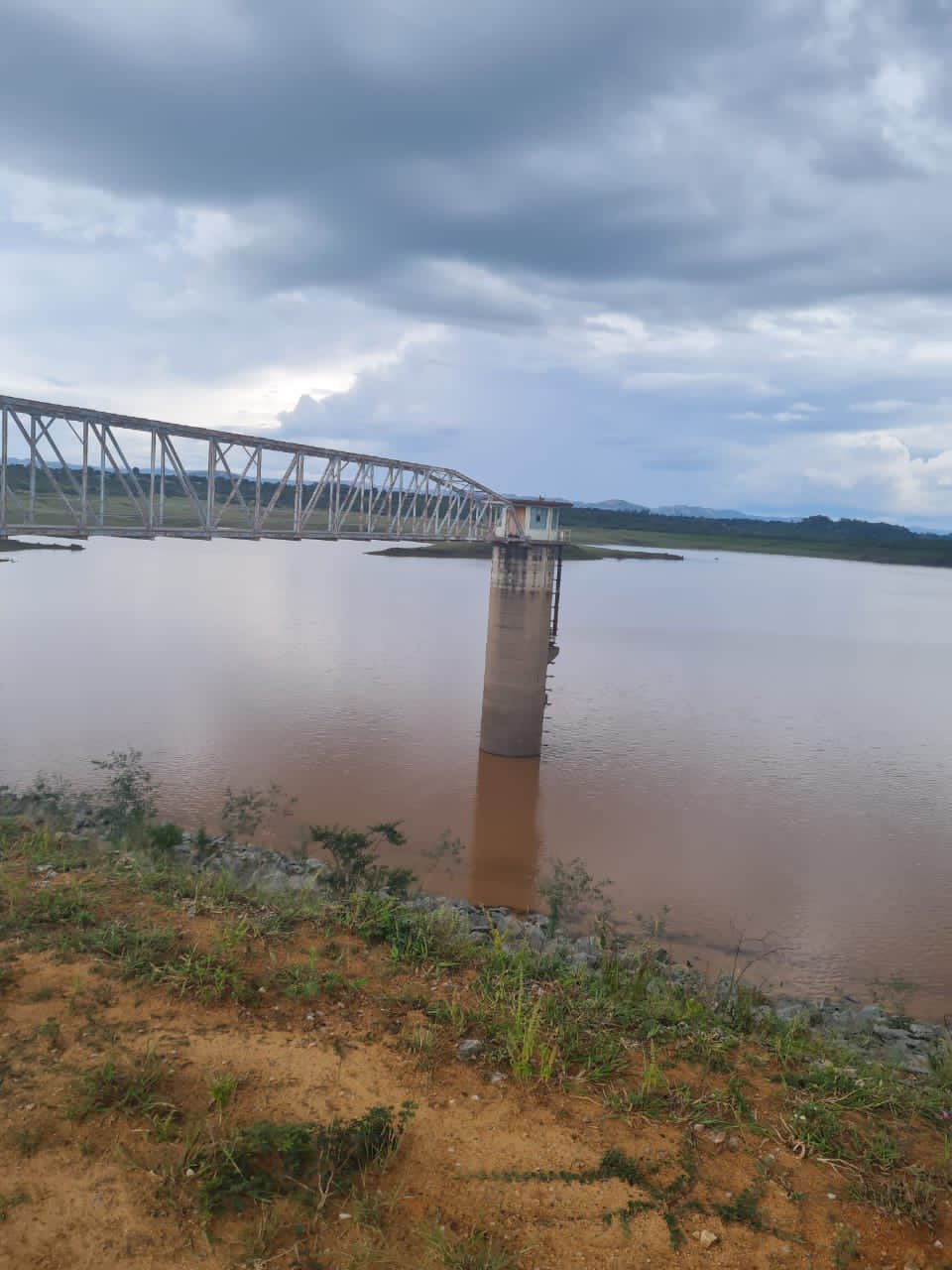Bulawayo’s supply dams are around 57 percent full, with a slight increase in water inflows due to recent heavy rains received in the country.
As of February 20, 2023, the Bulawayo City Council (BCC) revealed that Insiza Mayfair is 73.15 percent full, Inyankuni 45.61 percent full, Lower Ncema is 30.96 percent, Umzingwane is 17.27 percent, Upper Ncema is 41.68 percent, and Mtshabezi is 74.75 percent full, with a total operational capacity of 56.67 percent.
This comes as Zimbabwe’s second-largest city has been experiencing water cuts due to low water levels in the city’s supply dams.
According to BCC, the total volume of water for the supply dams is 234 950 268 cubic meters, which is distributed as follows:
Insiza Mayfair – 126 933 358 metric tonnes
Inyankuni – 36 841 550 metric tonnes
Lower Ncema – 5 647 160 cubic meters
Umzingwane -7 713 500 cubic meters
Upper Ncema – 18 945 100 cubic meters
Mtshabezi – 38 869 600 cubic meters
Unfortunately, only 218 365 160 cubic meters are usable volume out of the total of 234 950 268 cubic meters.
BCC Corporate Communications Manager Nesisa Mpofu told CITE that the city was “grateful for the rains, although it was still in the midst of the rainy season.”
Water levels in Bulawayo fell from 91.98 percent in 2017 to 35.27 percent in 2020, according to comparisons from February 2017 to 2023.
Due to strong rainfall in February 2017, the supply dams feeding Bulawayo were at 91.98 percent capacity.
The next February in 2018, water capacity fell marginally to 79.65 percent and continued dropping to 59.4 percent in 2019.
Bulawayo’s water capacity worsened significantly in February 2020, with only 35.27 percent in all of its supply dams.
The water capacity then increased to 63.52 percent in February 2021, but fell slightly to 60.4 percent in February 2022.
Bulawayo is almost back to where it was last year, with a current capacity of 56.67 percent.
Last week, the Zimbabwe National Water Authority (ZINWA), said Bulawayo together with Mt. Darwin and Mutoko remain water insecure with less than 12 months of supplies in their raw water sources which constituted 8.5 percent.

